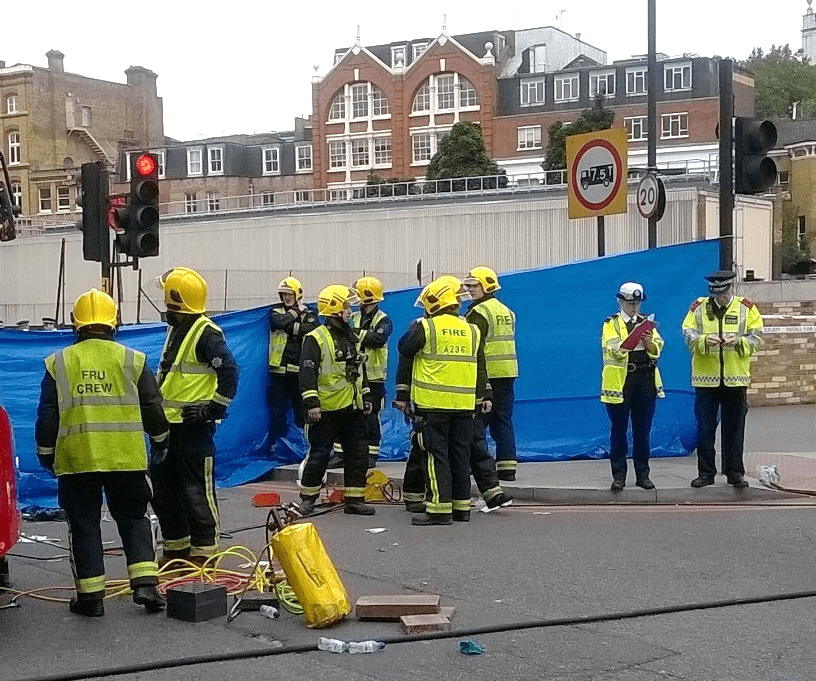The benefits of protecting the scene from members of the public or the media include:
- Prevention of the casualty’s identity being compromised, possibly to their relatives or friends, via the media, including television and social media
- Protection of the dignity of the casualty, especially if their clothing has to be removed for them to receive medical treatment
- Avoiding unnecessary distress of other emergency responders, other casualties and uninvolved members of the public, particularly over a large scene
- Protecting the scene affords a degree of privacy for the medical teams, allowing them to work efficiently and without distraction
Methods of screening include:
- Positioning vehicles to provide a visual barrier
- Attaching equipment to street furniture or vehicles
- Deploying personnel to hold salvage sheets, tarpaulins or canvas screens
- Erecting a temporary shelter
- Providing overhead protection to restrict aerial views
Alternatively, it may be necessary to extend the cordon to a sufficient distance, so that the scene cannot be viewed, photographed or filmed.
Figure: Photograph of a scene screened off to preserve dignity of casualties

